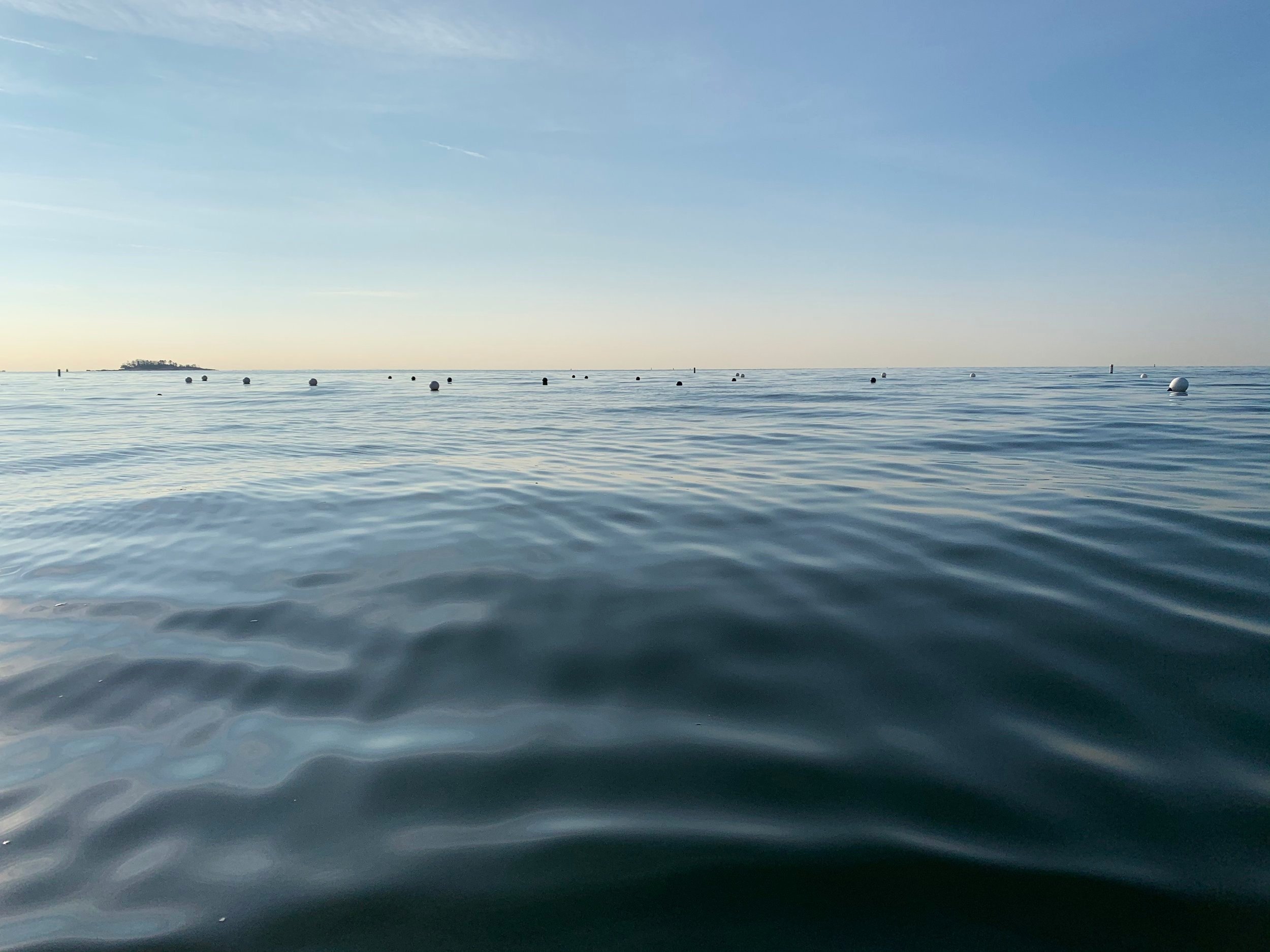
Principles of Regenerative Ocean Farming
Excerpt from Eat Like a Fish by Bren Smith
So what’s our road map for the ocean? We’re lucky: there are three thousand years of mistakes and innovations that we can draw from land-based farming. I have been on the water for thirty years, so I have some thoughts on where we need to go, but no definitive answers. Since the ocean will increasingly become our primary source of food, we all have a stake in the outcome and need to draft the road map together. My ten principles of regenerative ocean agriculture are designed to begin the conversation.
Circular, Not Vertical: I farm vertically, but you’d never catch me running my business that way. The sharks keep whispering in my ear that the only way to scale the industry is to build thousand-acre farms at sea and vertically integrate ownership of hatcheries, farms, processing, and product lines.
Vertical integration is at the root of a linear economy that consolidates the benefits to a few at the top. As Dan Barber, a hero of the organic food movement and co-owner of Blue Hill at Stone Barns, explains: “In the rush to industrialize farming, we’ve lost the understanding, implicit since the beginning of agriculture, that food is a process, a web of relationships, not an individual ingredient or commodity.” We don’t want one thousand-acre monoculture farm, but, rather, a hundred ten-acre farms dotting our coastline. We want diverse, circular economies producing massive volumes of food through networked production. I’m in the business of building reefs, not skyscrapers. A “GreenWave Reef” is made up of fifty ocean farms, clustered around a seafood hub and hatchery, surrounded by a ring of institutional buyers and entrepreneurs. Unlike a vertical economy, the reef model distributes rather than concentrates profits, encourages the sharing of infrastructure, and helps keep capital and ownership local.
Who Farms Matters: As environmentalists, we want to see more kelp and mussels in the water to rebuild reefs and soak up carbon. As eaters, we want more of these and other restorative crops on our dinner plates, because they are heart-healthy and delicious. But in this era of extreme economic inequality, it matters who is farming the ocean. If we leave it up to business-as-usual, it’ll be large corporations that monopolize the industry and reap the benefits, leaving scraps for the rest of us.
If we’re going to build a new economy, then who farms matters. I started GreenWave to make sure poor and working people are on the front lines of the blue-green revolution. These groups range from farmers and fishermen pushed off the land and sea by globalization and climate change to First Nations and other marginalized groups who have been systematically excluded from sharing in the benefits of the industrial revolution. I don’t care if you’re a former felon or an undocumented immigrant—as long as you work hard, you have the right to a good, meaningful job.
For the majority of our country, there’s no ladder of economic justice. We have to build it for ourselves. This means things like keeping ocean leases affordable, to ensure that people from all walks of life can start farms; limiting the acreage any one entity can own, to undermine monopoly power; and mandating living wages and open employment on farms and processing plants.
Protect Ocean Commons: I am not a conservationist; I believe firmly in farming our seas. But our oceans are beautiful, pristine spaces owned by society as a whole—and we need to keep them that way while still opening channels for ocean farmers from all walks of life. To achieve this balance, we need, just like community land trusts, a network of sea trusts in every coastal state. These sea trusts will include conservation zones, networks of ocean farms, and areas dedicated to sustainable wild fisheries. The farms will breathe life back into both the wild fisheries and the marine parks. And sea trusts will not be privatized spaces but, rather, places where anyone can boat, fish, or swim, and communities will retain a lever of community control through regular lease renewal. This will allow sea trusts to ensure protection of our local waters while empowering a new generation of ocean farmers and fishers to preserve the health and welfare of marine species.
Value Ecosystem Services: While others pollute, we restore—and as farmers, we should be paid for the positive externalities of our work. In the new economy, markets have to reflect the environmental value of restoration. Thanks to the work of The Algae Foundation, in February 2018, the Senate included a carbon tax for macroalgae for seaweed in the farming bill. It was too low— thirty-five dollars per ton—but a historic victory for recognizing the ecosystem services provided by ocean farming. A similar effort is underway at the state level to open nitrogen-trading programs for shellfish farmers.
We need to support these efforts because they will create incentives to farm in urban waters. This type of “pollution farming” doesn’t grow food, but, rather, harvests ecosystem services, including the removal of nitrogen and carbon as well as heavy metals. These pollution farms have already been built in the Bronx River and the Port of San Diego. More are to come.
Adopt Appropriate Technology: We all know the robots are coming. Over the years, I’ve become increasingly suspicious of technology—I abandoned Twitter and Facebook long ago. But I’ve begun to soften a bit, and now believe we should kill some, but not all, of the robots.
As I write, there is a gaggle of U.S. engineers designing autonomous ocean-farming boats and harvesters. Sorry, but I’m gonna drive my own fucking boat. As soon as one of those are put in the water, I’ll be sneaking out with my shotgun on a foggy night to put a hole in its hull—a quick, painless death.
But some robots we’re going to need. The central challenge of ocean farming is that our “soil” turns over a thousand times a day, and we can’t see what we grow. This means we need embedded sensors in our farms and have to deploy autonomous underwater “fish” to keep an eye on our crops. We need technology to track underwater weather. We need real-time data uploaded to online dashboards so we can know precisely when to plant, wherein the water column the nutrients are the densest year to year, and how to keep pollutants from showing up in our crops. We need mechanical fish alerting us to early biofouling to optimize harvest times. These cutting-edge tools of predictive farming will help us increase yields, monitor climate change, and speed up the learning loops as our industry scales up.
In the process, this technology will allow us to harvest more than crops—we can harvest data, to be sold to scientists monitoring acidification, companies selling carbon and nitrogen credit, and wholesale buyers needing to predict supply yields. Data harvesting will translate into an entirely new income stream for farmers.
Balance the Scales: For too long, farmers and fishermen have been caught in the beggar’s game of selling raw commodities while others soak up the profits.
We need to rearrange the relationships between those of us who produce food and those of us who buy it. Failure means re-creating the power dynamics of the old economy. This new relationship requires leveraging new business models, such as purpose trusts, and organizing nationwide digital co-ops so farmers can negotiate equitable prices for their crops on the docks. It also means forward contracts, allowing farmers to get paid before they grow; if our crops fail, then both the farmer and the buyer share the loss. And financial institutions need to begin providing zero-collateral loans for farmers to scale. It’s time for everyone to shoulder the risk in the risky business of growing food in the era of climate change and globalization.
To achieve the dual goals of protecting people and the planet, the blue-green economy cannot be underwritten by “finance-as- usual.” It’s time for those with capital to divest from the old economy and invest in the new. This will mean less profit for the private sector, but it will also mean more value in terms of social and environmental good.
Radical Traceability: It makes me heartsick that our nation’s food is smothered in lies. Inventories and sales of illegal and mislabeled seafood are at an all-time high throughout the entire domestic marketplace; one major recent study revealed that nearly 50 percent of seafood subjected to DNA testing was something other than what the labels or menus claimed. And even the best-known sustainable brands are neck-deep in fraud.
This has to end, and, unlike most problems we face, learning where your food comes from is a cheap, easy, and vital hack. Dock to Dish has spearheaded the traceability revolution by pioneering the world’s first live tracking dashboard to monitor hauls of seafood, with precision and accuracy, from individual fishermen and growers at sea directly to end consumers on land, in near-real-time calibration. Right out of the gate, we need to make traceability an unbendable principle by applying these groundbreaking technologies to our crops.
Beyond Organics: Although you’ll sometimes see organic labeling on some sea greens and shellfish products, the whole concept, when applied out to sea, is a nonstarter. With tides, currents, and storms, the ocean is too dynamic a growing environment for us to import the land-based framework of organic certification. Soil is stable; inputs are predictable. But imagine if soil moved freely from farm to farm—organic standards would be fruitless. As with so many aspects of ocean agriculture, the seafood industry has lazily adopted land-based standards that are a poor fit out at sea.
The oceans require a unique framework, which, like Patagonia, I’d classify as regenerative. Obviously, this means cutting out GMOs, chemicals, and herbicides, but, most important, regenerative certification needs to mandate stringent water- quality testing, seed-to-harvest traceability, labor standards, and crop selection. While the standard of sustainability may apply to fish, regenerative certification should be limited to crops that restore ecosystems, such as seaweeds and shellfish.
Collaboration, Not Competition: There is a co-op of seaweed farmers in Japan that meets every December to share lessons learned. Each year, members are assigned one problem to solve. They spend the year experimenting and documenting and return in December to report their progress. They do the same thing year after year. I love this example because it’s founded on the principle that collaboration, not competition, spurs innovation and adoption of new practices. It is understood that rapid cycles of learning make for a nimble industry that internalizes the best practices and greases the wheels for scale.
Grow with the Ocean: The marketplace should not dictate what farmers grow—it should be the oceans that decide. One of the significant missteps of traditional aquaculture has been growing what people want to eat, not what the ocean can provide. As we scale up, we must use polyculture, not monoculture, farming methods and grow ecologically appropriate species. With climate change heating up our waters and driving species ever farther northward, “ecologically appropriate” will not always mean “native,” which assumes nature exists in a static state. It doesn’t. And there are plenty of native species that are growing increasingly destructive—such as Pacific urchins—and should not be farmed. Instead, in collaboration with environmentalists and scientists, we need to be constantly evaluating what is healthiest for the ecosystem to grow.
